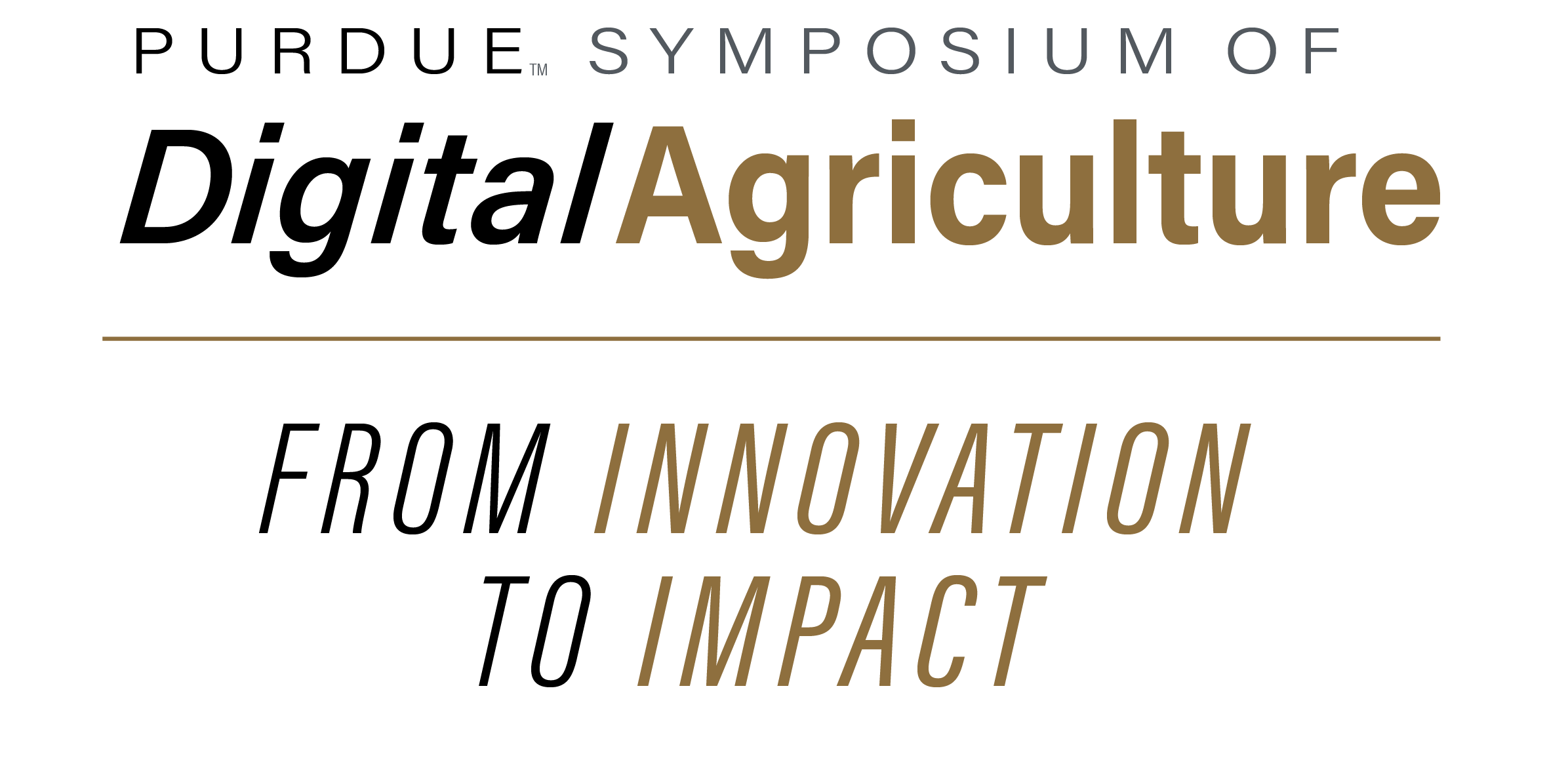Technological and digital transfer within the work and professional experience courses at EARTH University
Loading...
Abstract
This study presents the technology and digital skills transfer model implemented by the Geomatics and Remote Sensing Center (GRSC) at EARTH University through its work and professional experience courses. The main objective was to strengthen students' technical capacities by integrating drone-based workflows into precision agriculture practices.
The training followed a “learning by doing” methodology and was structured into four modules: (1) theoretical foundations and manual drone piloting; (2) photogrammetry using drones (Mini 3 Pro, Phantom 4) and processing software such as Agisoft Metashape; (3) digital map generation and analysis with QGIS to support decision-making; and (4) automated precision spraying using the Agras T16 drone equipped with RTK in a banana crop case study.
In 2025, the program directly benefited 100 students from 26 countries. Results show significant global outreach, with Central America representing 52.48% of participants. Additionally, the program demonstrated a strong commitment to gender equity, with 42.5% female participation. This high level of diversity highlights the GRSC’s effectiveness in promoting the adoption of precision agriculture technologies and supporting the sustainable transformation of agricultural systems in tropical regions.
Keywords
Precision Agriculture, Technolog Transfer, Drones, Photogrammetry, Spraying, Agricultural Education, Gender Equality, Sustainable Development, Workflows.
DOI
10.5703/1288284318180
Technological and digital transfer within the work and professional experience courses at EARTH University
This study presents the technology and digital skills transfer model implemented by the Geomatics and Remote Sensing Center (GRSC) at EARTH University through its work and professional experience courses. The main objective was to strengthen students' technical capacities by integrating drone-based workflows into precision agriculture practices.
The training followed a “learning by doing” methodology and was structured into four modules: (1) theoretical foundations and manual drone piloting; (2) photogrammetry using drones (Mini 3 Pro, Phantom 4) and processing software such as Agisoft Metashape; (3) digital map generation and analysis with QGIS to support decision-making; and (4) automated precision spraying using the Agras T16 drone equipped with RTK in a banana crop case study.
In 2025, the program directly benefited 100 students from 26 countries. Results show significant global outreach, with Central America representing 52.48% of participants. Additionally, the program demonstrated a strong commitment to gender equity, with 42.5% female participation. This high level of diversity highlights the GRSC’s effectiveness in promoting the adoption of precision agriculture technologies and supporting the sustainable transformation of agricultural systems in tropical regions.


